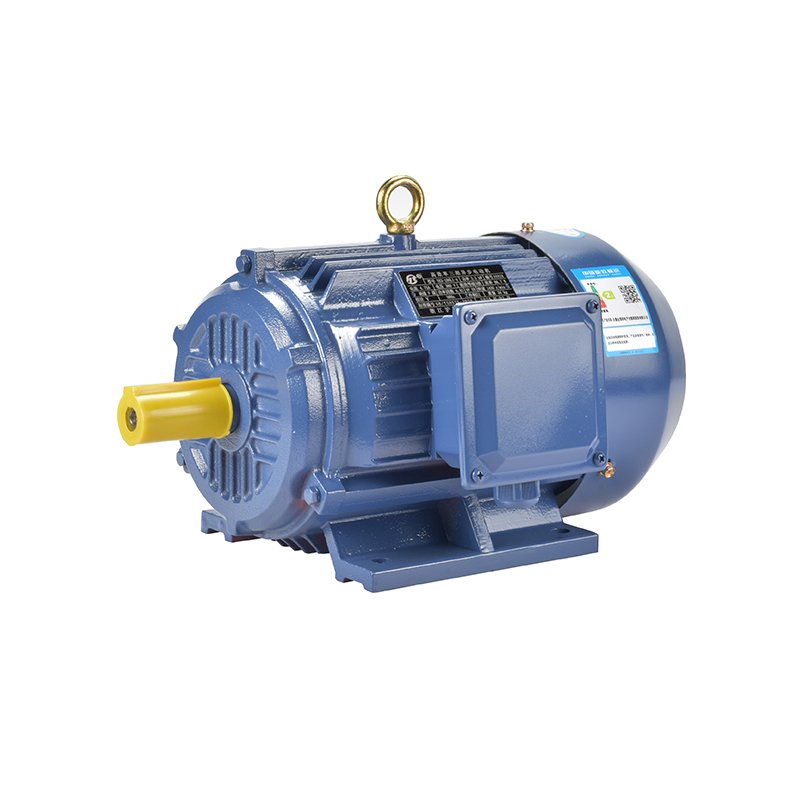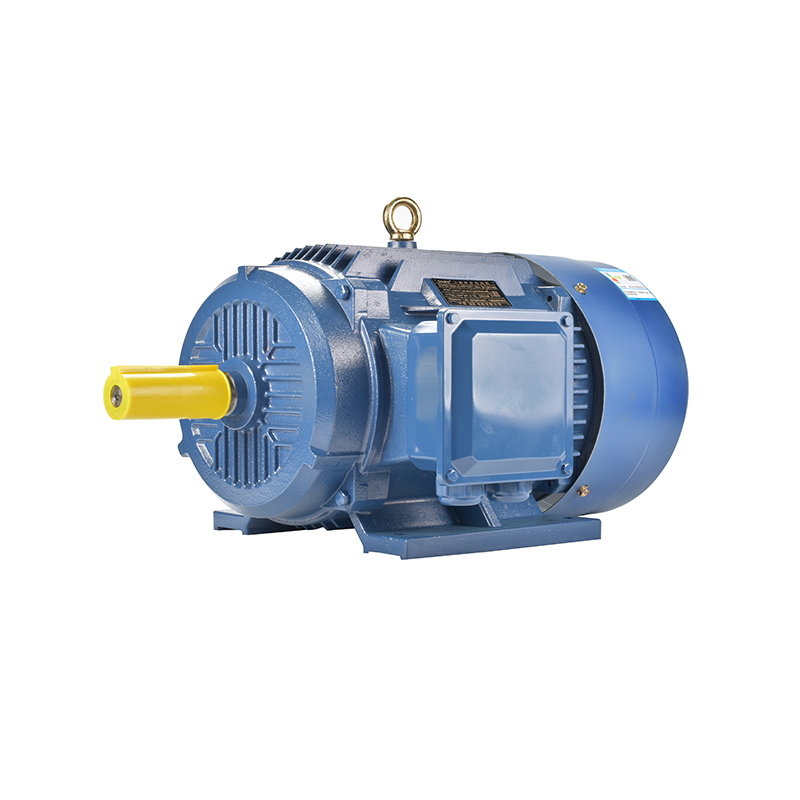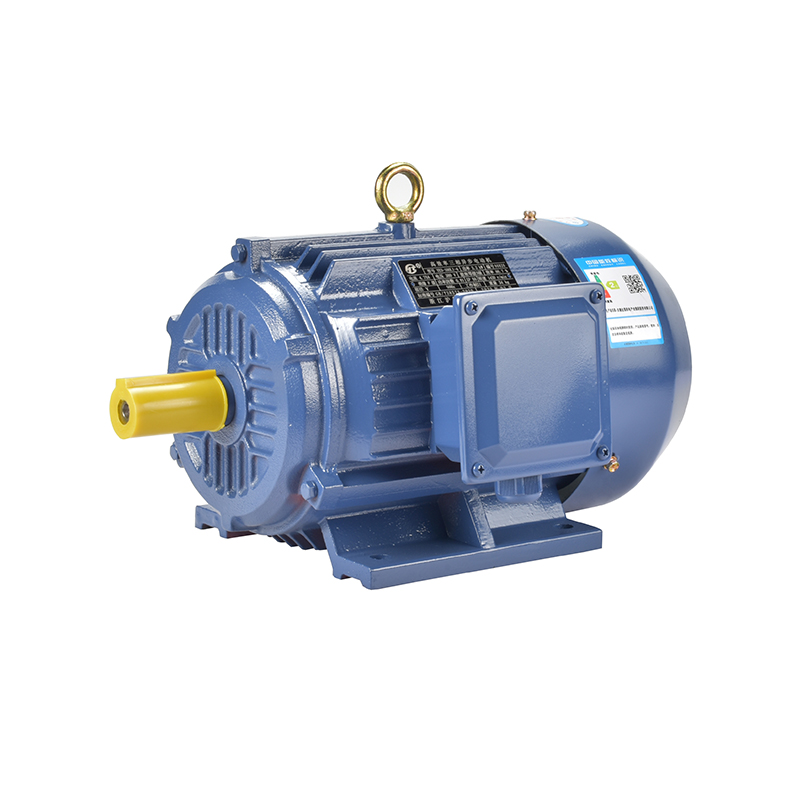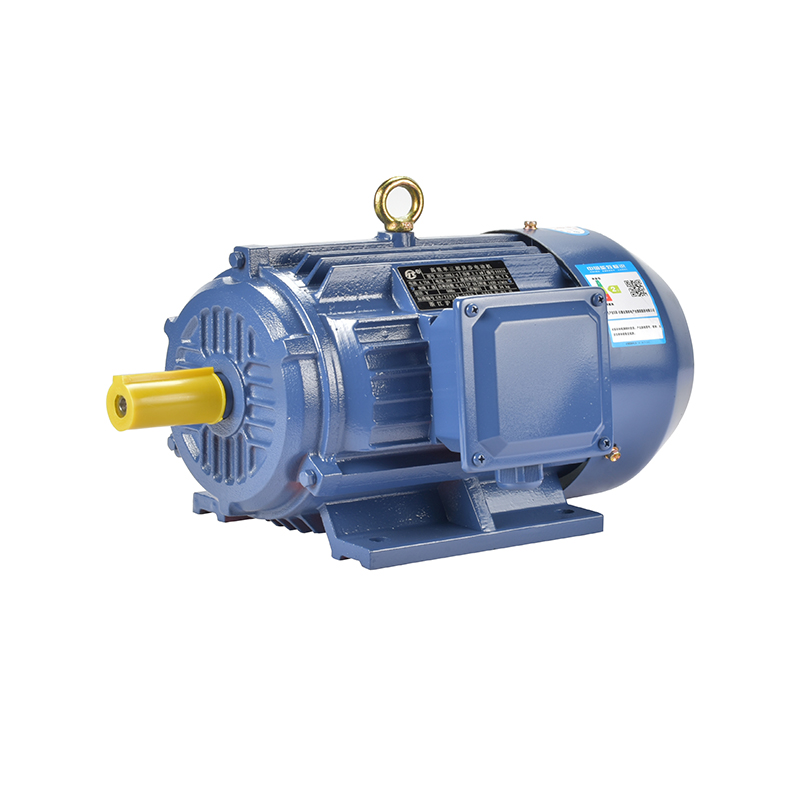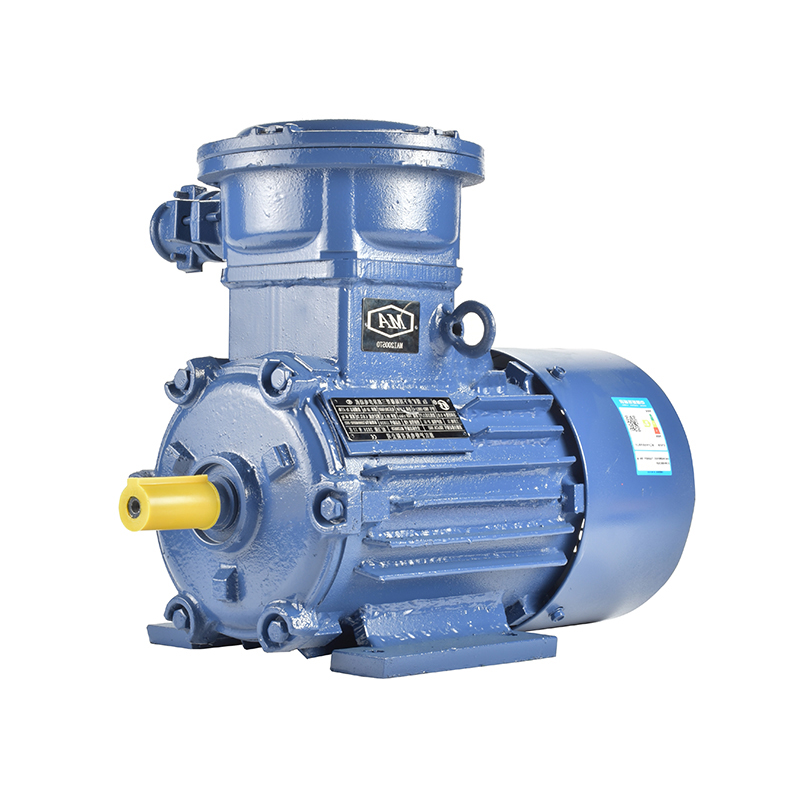How Industrial Automation Is Changing Motor Design
Industrial automation has become a major force driving innovation in electric motor design. With factories, processing plants, and logistics systems moving towards more intelligent, efficient, and connected operations, the demands placed on motors have shifted significantly. Traditional motors designed for simple, repetitive tasks are gradually giving way to more precise, application-specific solutions. This transformation is especially noticeable in the development and use of high performance servo motor, flameproof induction motor, and high speed permanent magnet motor technologies.

One of the main effects of automation is the need for more accurate motion control. Modern automated systems require motors that can respond quickly to changing commands, adjust position with bad accuracy, and operate smoothly under variable loads. The high performance servo motor fits this role well. These motors are now being designed with advanced feedback mechanisms and integrated control capabilities that allow them to respond in real time to complex instructions from programmable logic controllers (PLCs) and motion controllers. With improved algorithms and refined hardware, the high performance servo motor is finding increasing use in packaging lines, robotic arms, CNC machines, and inspection systems where precision and repeatability are vital.
Meanwhile, the environment in which motors operate is also changing. Automation isn't just about clean-room robots; it includes mining operations, oil processing, and chemical production lines—industries where hazardous atmospheres are a constant threat. Here, safety and reliability are non-negotiable, which has led to the increased adoption of flameproof induction motor designs. These motors are engineered with specially sealed enclosures that can contain an internal explosion and prevent the ignition of external flammable gases or dust. As industrial automation expands into more sectors, the flameproof induction motor becomes crucial to ensuring that automation can be applied even in volatile zones.
Speed has also become a key requirement in modern production systems. As cycle times shorten and output targets rise, the role of the high speed permanent magnet motor is becoming more prominent. These motors are designed with precious-earth magnets and a rotor structure that enables them to maintain high efficiency even at high RPMs. In applications like centrifuges, compressors, and high-speed cutting tools, the high speed permanent magnet motor allows manufacturers to achieve greater throughput without sacrificing energy efficiency. The compact size and reduced weight of these motors also help with integration into automated systems where space is limited.
An important trend is the customization of motor solutions to match specific automation needs. No longer are companies satisfied with off-the-shelf components that “more or less” fit; instead, they require motors built for particular dimensions, operating conditions, or motion profiles. This shift is visible in how manufacturers now offer variants of the high performance servo motor tailored to torque range, encoder type, and mounting configuration. Similarly, new models of flameproof induction motor are being developed for both surface and underground use, each complying with different sets of industry standards. In the same vein, engineers are constantly refining the rotor design and cooling systems in the high speed permanent magnet motor to improve thermal management and performance stability.
Connectivity is another factor influencing modern motor design. As industrial automation becomes more data-driven, motors are increasingly expected to communicate with supervisory systems. Some versions of the high performance servo motor now come equipped with real-time data transmission capabilities, supporting predictive maintenance and fault diagnostics. Even the flameproof induction motor can be outfitted with sensors that monitor temperature, vibration, and operating hours, helping prevent unplanned downtime. And in high-speed applications, the high speed permanent magnet motor can integrate with monitoring platforms to track operational trends and optimize energy use.
In summary, industrial automation is reshaping not only the way we control motors, but also how we design, deploy, and maintain them. Whether it's the precision of a high performance servo motor, the safety assurance of a flameproof induction motor, or the speed and efficiency of a high speed permanent magnet motor, these technologies reflect the evolving needs of an increasingly automated industrial world. As this evolution continues, we can expect electric motors to become smarter, safer, and more specialized—driven by the ongoing march of automation.
-
Feedback



 English
English русский
русский Español
Español عربى
عربى

